Use of dimmer switch
j-yk
12 years ago
Featured Answer
Comments (9)
brickeyee
12 years agoj-yk
12 years agoRelated Professionals
Aurora Lighting · Phoenix Furniture & Accessories · San Francisco Furniture & Accessories · Sioux Falls Furniture & Accessories · Spartanburg Furniture & Accessories · Aventura Furniture & Accessories · Gages Lake Furniture & Accessories · Belle Glade Interior Designers & Decorators · La Habra Interior Designers & Decorators · Baker Decks, Patios & Outdoor Enclosures · Blue Springs Decks, Patios & Outdoor Enclosures · Fort Worth Decks, Patios & Outdoor Enclosures · Justice Decks, Patios & Outdoor Enclosures · Overland Park Decks, Patios & Outdoor Enclosures · Westfield Decks, Patios & Outdoor EnclosuresDavid
12 years agoj-yk
12 years agoDavid
12 years agoj-yk
12 years agobrickeyee
12 years agoNewSouthernBelle
12 years ago
Related Stories
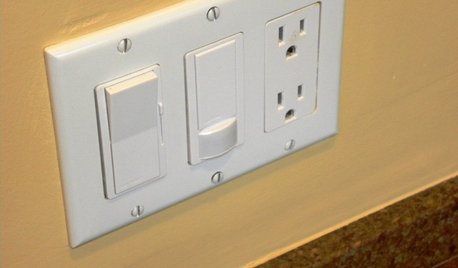
GREAT HOME PROJECTSHow to Install a Dimmer Switch
New project for a new year: Take control of your lighting to set the right mood for entertaining, dining and work
Full Story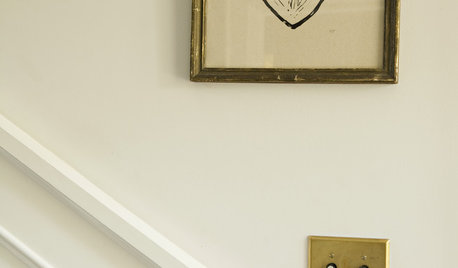
DECORATING GUIDESHomeowners Are Flipping for Push-Button Light Switches
Button-style switches are hot off the presses again, making news in new homes and antique remodels
Full Story
LIGHTINGWhat to Know About Switching to LED Lightbulbs
If you’ve been thinking about changing over to LEDs but aren't sure how to do it and which to buy, this story is for you
Full Story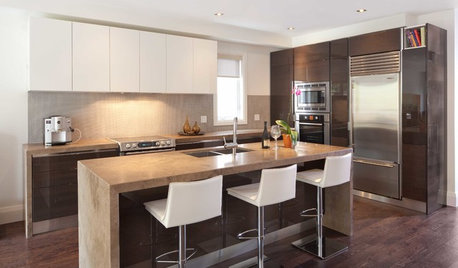
LIGHTINGGet Your Home's Recessed Lighting Right
Learn the formula for how much light a room needs plus how to space downlights, use dimmers and more
Full Story
TRANSITIONAL STYLEModern Lighting Gives Traditional Homes a Twist
Bring your home into the present by flipping the switch on a lighting upgrade
Full Story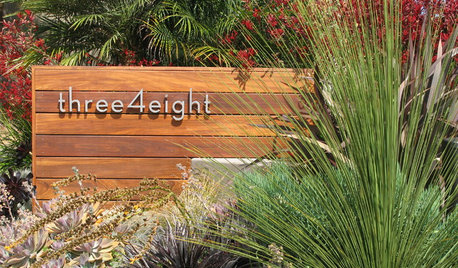
ACCESSORIES8 Low-Cost Luxuries With a Big Payoff
Consider the small stuff — like switch plates and throw pillows — to give your home a touch of class
Full Story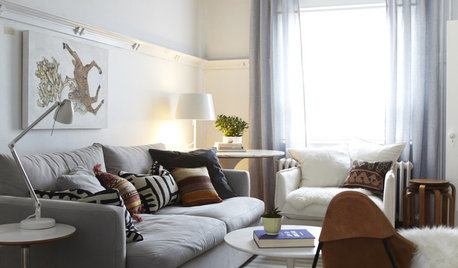
LIGHTING10 Ways to Get Your Lighting Right
Learn how to layer table lamps, floor lamps and overhead fixtures to get the lighting you need and the mood you want
Full Story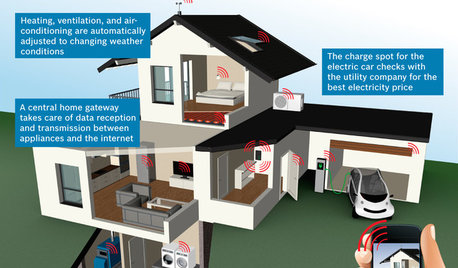
THE HARDWORKING HOMECES 2015: Inching Toward a Smarter Home
Companies are betting big on connected devices in 2015. Here’s a look at what’s to come
Full Story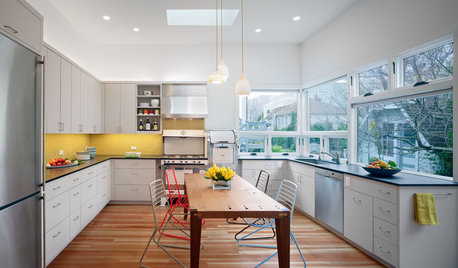
KITCHEN DESIGNThe Ecofriendly Kitchen: Light Your Kitchen Right
Harnessing the daylight is a terrific choice for earth-friendly kitchens, but it's not the only one
Full StoryMore Discussions






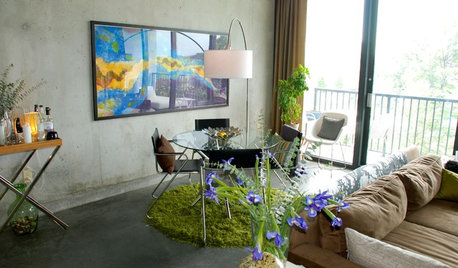
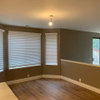
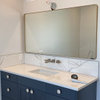
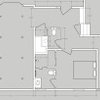
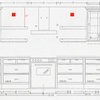
brickeyee